Have you ever turned on the local news to find out that there is a “boil water advisory” for your local area? If so, then you may be led to believe that there isn’t much to water purification even in dire circumstances. I was very surprised to find that even experienced campers and survivors have outdated DIY water purification systems that can easily lead to loss of life. In this article, you will learn about modern hazards found in drinking water and how to upgrade your purification system to deal with these problems.
A Basic DIY Water Purification System
Historically speaking, most people around the world were most concerned with removing dust and debris from the water. People that learned illness came from the water also looked for ways to cleanse the water of “evil spirits” which later turned out to be bacteria, fungi, and other microorganisms. As a result, the most common water purification systems involved the following:
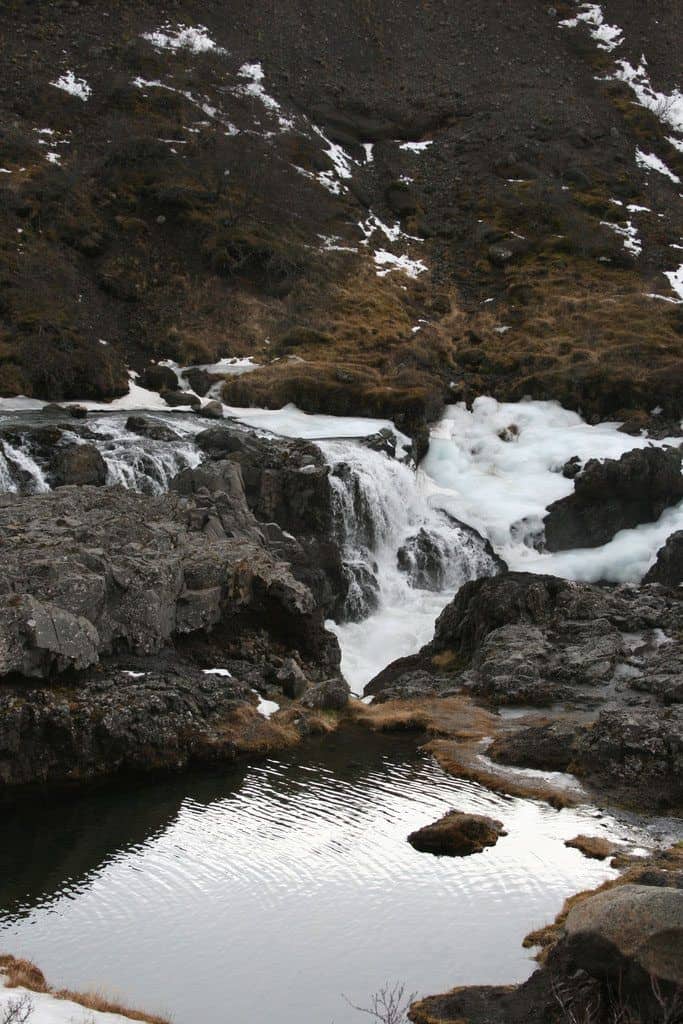
Removing leaves, twigs, or other debris by picking it out of the water or running it through a large mesh strainer.
- Dust and finer debris are usually removed by running the water through gravel and then through sand.
- There are many things people used to get rid of bacteria in the water. This includes storing water in copper vessels, adding a silver coin (silver is a natural antimicrobial), or adding wine to the water.
- At surface, boiling the water appears to be the cheapest and most effective method for getting rid of microorganisms. Even though boiling the water does get rid of the bacteria, it is also the most deadly thing you can do when faced with modern water based hazards. As you boil the water, pure water molecules escape into the air in the form of steam. Unfortunately, most of the contaminants listed below will not boil off with the steam. Instead, they just become more concentrated in the water left behind. If you boiled away half the water to get rid of the bacteria in it, then you have doubled the load of poison with every sip of water purified by boiling it. In fact, if you want to see just how dangerous it is to boil water, let a whole cup boil away and have what is left in the bottom analyzed. Chances are, you will have things far more dangerous than the mineral salts commonly found in potable water.
- After boiling water, many campers and preppers run the water through activated carbon. Aside from improving the taste, activated carbon can remove some gasses and a number of dangerous chemicals. Today, many people do not realize that it takes a few extra steps to turn charcoal into activated carbon. While charcoal is easy to make, and can also cleanse water to some extent, there is no way to ensure consistent purification from batch to batch. In addition, even though activated carbon won’t increase the load of chemical toxins in the water, it provides a false sense of security because some of the most dangerous chemical dissolved into the water are already odorless and tasteless.
- If you have a DIY water purification system that includes activated carbon, always remember that: “There is in effect a law of diminishing returns in carbon filters. In some ways, the more they do, the shorter their lifespan. Simply stated, a very tight filter plugs up fast because it catches everything. A drinking water filter that promises to last three or five years can do so only because it lets everything smaller than a tennis ball pass.” (Gene Franks)
Modern Hazards in the Water Supply
Before the Industrial Revolution, commercial farming, and sewage system treatment plants, the basic water purification elements listed above were enough to ensure clean and safe drinking water. Today, there are some additional hazards found in just about every water supply. Even if you aren’t especially concerned about clean drinking water in a survival situation, you should be concerned about the bottled or tap water that you think is safe to drink. Remember, just because you ran the water through a coffee maker, boiled it, or bought it from the local store that does not mean it is safe to drink. If you do some research on your municipal water supply or name brand water on the store shelves, you will see why DIY water purification systems are a necessity right now and will be regardless of anything else that happens.
- Heavy Metals – Mercury, lead, cadmium, arsenic, and chromium are all dangerous to human and animal life. Unfortunately, they are also common byproducts of many industrial processes that rely on rivers and streams for cooling or carrying away waste materials. As the name implies, “heavy metals” have more atoms packed into a small space than other materials. They cannot be removed from water by boiling it because the atoms do not easily change from solid to gas form. In order to remove heavy metals from the body, chemical (chelating agents) must be used that will bind to the metals and draw them out of the body.
- Pesticides and Herbicides – There are literally thousands of pesticides and herbicides that find their way into rivers, streams, and even underground into the water table. These poisons also break down into other poisons that can be deadly if concentrated by boiling water. Even though good quality activated carbon can remove many of these compounds, there are no guarantees. For example, if a pesticide breaks down into something that combines with a fluorine-based compound, it may not be removed by the charcoal, but may still pose a risk to your health.
- Nuclear Contamination – Unless water was exposed to nuclear contamination within the first fifteen minutes of a nuclear blast, there is a good chance that the water itself will not be able to pass along neutrons. That being said, contaminated dust and debris that make their way into the water may still be radioactive enough to cause damage to your body. In addition, tritium (a hydrogen isotope) cannot be easily removed from potable water.
- Chemotherapy Agents and Other Drugs – No matter whether people urinate, defecate, or flush unwanted medications down the toilet, chemotherapy agents, other medications, and their breakdown compounds make their way into the sewer system. Contrary to popular belief, not all waste water from a sewage facility is discarded. Instead, it is treated with antimicrobial agents such as chloramine and pumped right back into the municipal water system. While there are thousands of different medications on the market, most municipal water treatment systems do not even test for the presence of these drugs and cannot tell you how much of each drug makes its way back into the tap water. Since waste water is also released into rivers and streams, it also makes its way into any water source that you may think is safe just because it is “in the woods” or away from society.
- Farm Runoff, Blood, Urine, and Fecal Materials – Aside from pesticides, herbicides, antibiotics, and hormones, farm runoff also includes blood, urine, and fecal material that may escape the farm’s sewage system. These materials are just as bad, if not worse than other pollutants from other industrial sectors. If you are not aware of these poisons, then you will not know how to effectively purify water in a crisis situation.
Three Simple Additions that Can Save Your Life and Your Health

Even though there are many new hazards to avoid in modern drinking water, some of the oldest methods for purifying water can be added to your DIY water purification system at very little cost. Have a look at how these three simple additions can eliminate most of the newer toxins in the water:
- Silver – use silver when you do not have enough materials on hand to boil water. Keep an eye out of ceramic and nanotechnologies that make silver even more efficient for purifying water.
- Bone Char – although less known in the United States, bone char has been used for centuries in Africa and other areas for purifying water. It can get rid of most chemicals that escape activated carbon, heavy metals, and some radioactive materials.
- White Charcoal – this charcoal is made from oak wood by a special process developed in Japan. Unlike activated carbon, you do not need extra chemicals to make white charcoal super absorbent. In addition, white charcoal can be used to re-add minerals to the water. If you must distil water to achieve the lowest risk, then use white charcoal to add useful minerals back into the water.
If you have been a prepper, or even a camper for some time, then you already know that distilling water is the only way to ensure the removal of just everything that can make water unsafe to drink. On the other hand, if you don’t have the time, tools, or materials to set up a still, you will need to use other purification systems. Please feel free to use the comment section below to share your experiences with water purifying chemicals and systems. There are always new ways being discovered as well as old ways being rediscovered. I’d love to hear more about what did and what did not work for you!

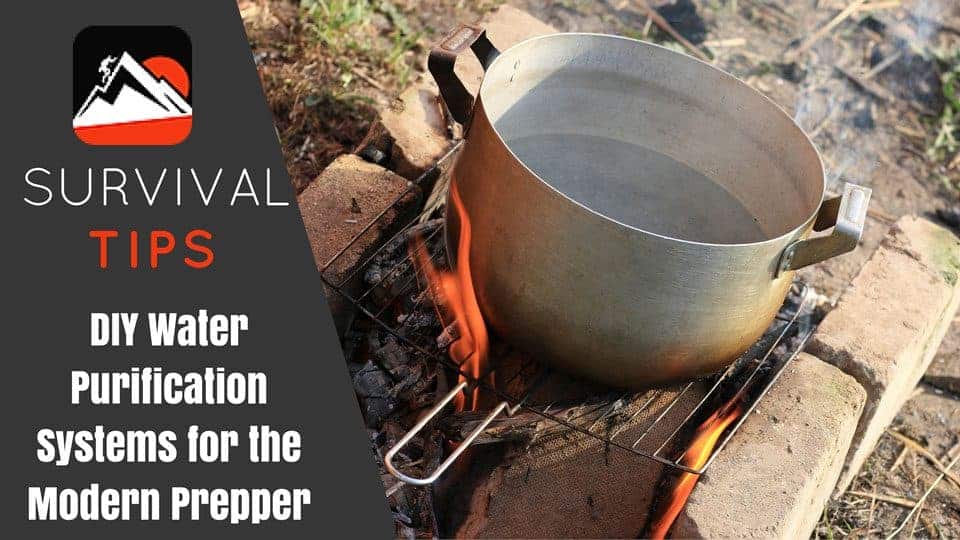
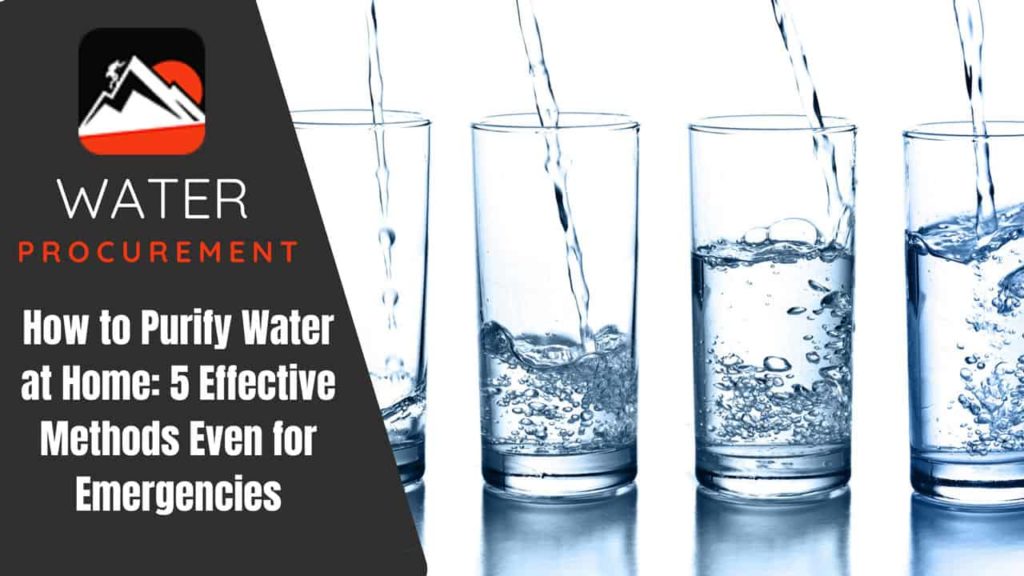
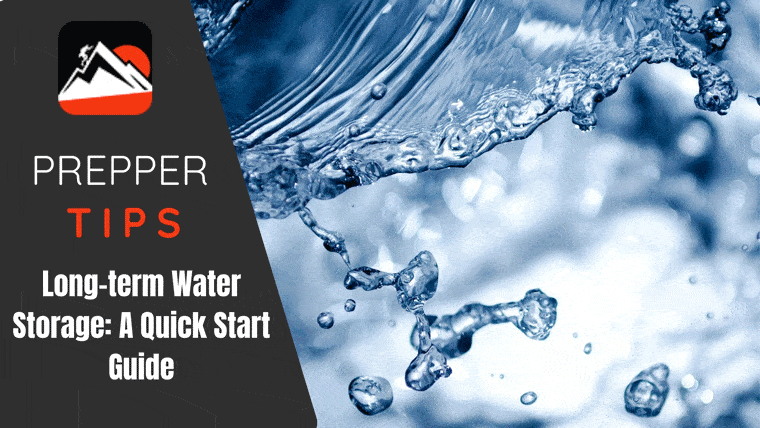
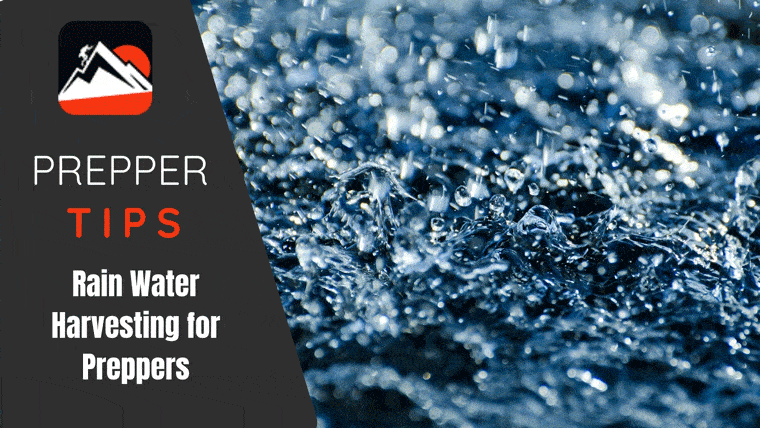
The picture of what appears to be an aluminum pot accompanying this article about water purification strikes me as mildly ironic and amusing.